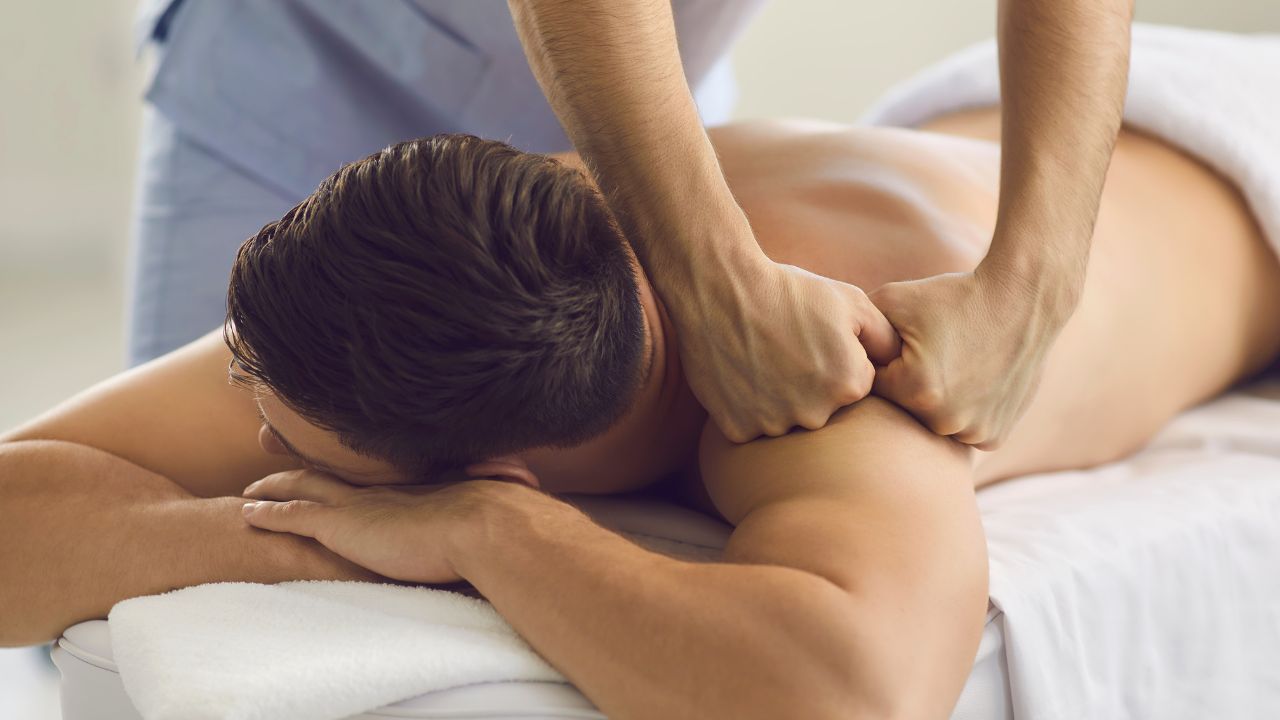
The Benefits of Massage for Mobility and Flexibility
Massage therapy is a powerful tool in the world of mobility training and rehabilitation. By targeting specific muscle groups and connective tissues, massage can help improve range of motion, reduce pain and stiffness, and promote overall flexibility. Whether you're an athlete looking to enhance your performance or an individual seeking to maintain or improve your mobility, incorporating massage into your routine can yield significant benefits.
Addressing Muscle Tension and Tightness
One of the primary ways massage therapy aids in mobility training is by addressing muscle tension and tightness. Through techniques such as deep tissue massage, trigger point therapy, and myofascial release, a skilled massage therapist can work to release knots and adhesions in the muscles that may be limiting your range of motion. By breaking up these areas of tension, massage allows your muscles to relax and lengthen, leading to improved flexibility and ease of movement.
Improving Circulation and Recovery
In addition to directly addressing muscle tension, massage therapy also promotes improved circulation throughout the body. By increasing blood flow to the muscles and surrounding tissues, massage helps deliver vital nutrients and oxygen necessary for healing and recovery. This enhanced circulation can help reduce inflammation, minimize post-workout soreness, and speed up the recovery process between training sessions. Faster recovery means you can get back to your mobility work with greater efficiency and less downtime.
Enhancing Body Awareness and Proprioception
Massage therapy can also play a role in enhancing body awareness and proprioception, which are crucial components of effective mobility training. As the therapist works on different areas of your body, you become more attuned to the sensations and feedback from your muscles and joints. This heightened awareness can help you better understand your body's limitations, imbalances, and areas that may require extra attention in your mobility practice. By developing a stronger mind-body connection, you can move with greater precision, control, and efficiency.
Complementing Other Mobility Techniques
While massage therapy is a powerful tool on its own, it is most effective when used in conjunction with other mobility training techniques. Incorporating massage into a comprehensive program that includes stretching, foam rolling, and targeted exercises can yield even greater results. For example, receiving a massage before a stretching session can help warm up the muscles and make them more receptive to lengthening. Similarly, following up a deep tissue massage with foam rolling can further release any remaining tension and promote a greater range of motion.
Customizing Massage for Your Specific Needs
One of the great advantages of massage therapy is that it can be customized to meet your specific mobility needs and goals. Whether you're dealing with a particular injury, chronic tightness in certain areas, or simply looking to maintain overall flexibility, a skilled massage therapist can tailor their approach to address your unique concerns. They can focus on specific muscle groups, adjust the pressure and techniques used, and create a treatment plan that evolves with your progress over time.
Consistency is Key
To truly reap the benefits of massage therapy for mobility, consistency is key. While a single massage session can provide temporary relief and improvements, the real magic happens when you make massage a regular part of your routine. Whether it's weekly, bi-weekly, or monthly sessions, committing to a consistent massage schedule can help you maintain and build upon the progress you make in your mobility training. Over time, you may notice lasting changes in your flexibility, range of motion, and overall ease of movement.
Finding the Right Massage Therapist
When incorporating massage therapy into your mobility training, it's important to find a qualified and experienced massage therapist who understands your goals and can provide targeted treatments. Look for a therapist who has experience working with athletes or individuals focused on mobility and flexibility. Don't hesitate to ask questions about their approach, techniques, and how they can help you achieve your specific objectives. Building a strong therapeutic relationship with your massage therapist can greatly enhance the effectiveness of your sessions and overall progress.
The Power of Touch
Beyond the physical benefits, massage therapy also offers a powerful emotional and mental component that can support your mobility journey. The nurturing touch of a skilled therapist can help reduce stress, promote relaxation, and create a sense of well-being. When you feel more relaxed and centered, you may find it easier to approach your mobility training with a positive mindset and greater enthusiasm. The mind-body connection is a vital aspect of any physical practice, and massage can help strengthen that bond.
Embrace the Journey
Incorporating massage therapy into your mobility training is a journey of self-discovery and improvement. As you experience the benefits of regular massage sessions, you may find yourself more in tune with your body, more confident in your movements, and more motivated to continue your mobility work. Remember that progress is not always linear, and there may be ups and downs along the way. However, with consistency, dedication, and the support of a skilled massage therapist, you can unlock new levels of flexibility, mobility, and overall physical well-being.
 Mobility trainingHome Fitness RecoverySports Injury PreventionPersonal Physical TherapyOrthopedic SolutionsPrivacy PolicyTerms And Conditions
Mobility trainingHome Fitness RecoverySports Injury PreventionPersonal Physical TherapyOrthopedic SolutionsPrivacy PolicyTerms And Conditions
